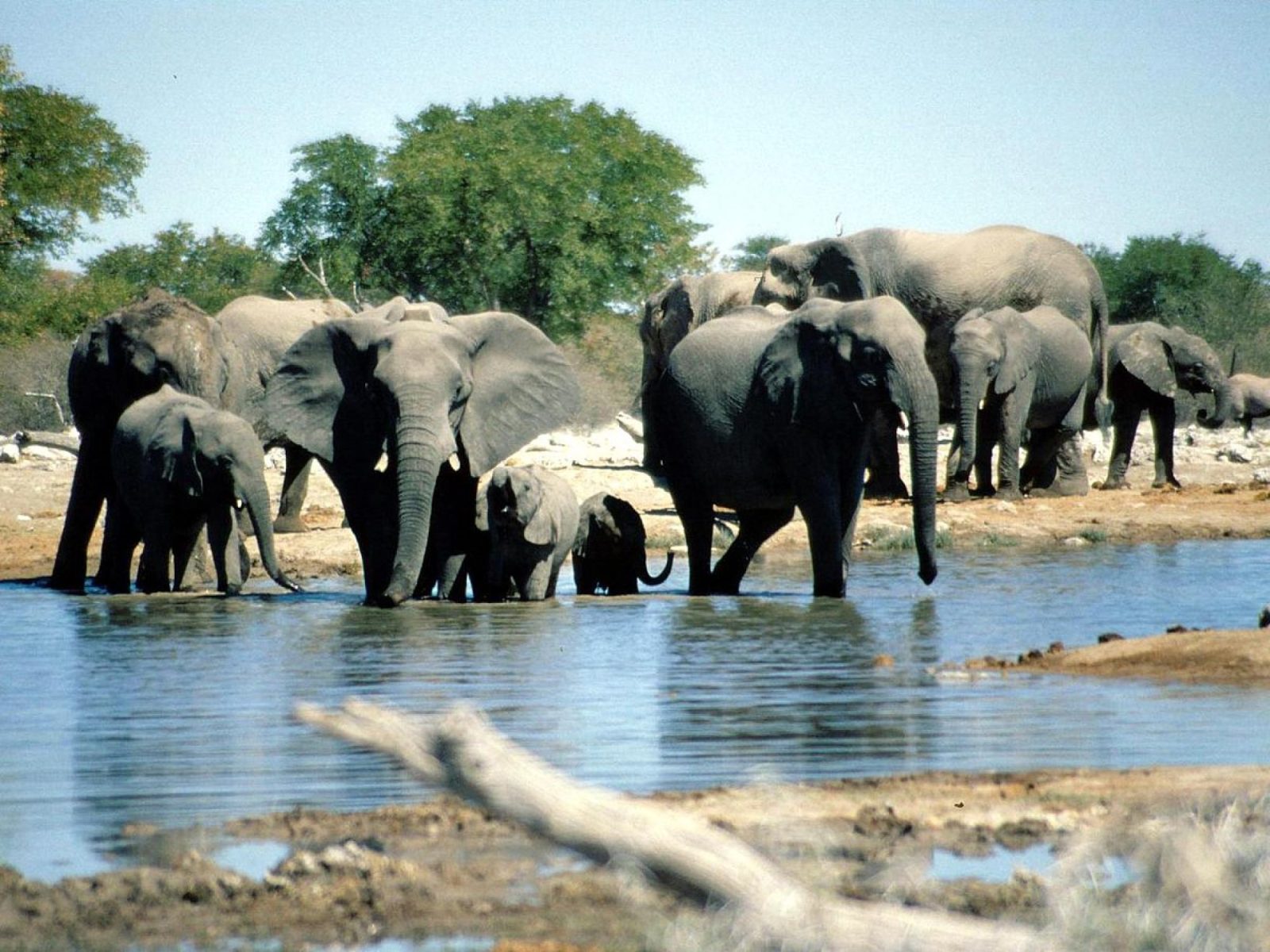
Namibia
Covering 824,292 square km (318,261 square miles), Namibia is the world’s thirty-fourth largest country, and the government has 20 state run protected areas which cover 17% of the country. However, after Mongolia, Namibia is the second least densely populated country in the world (2.7 inhabitants per square kilometre (7.0/sq mi)). Namibia takes its name from the Namib desert that stretches along the coast of the Atlantic. Although this desert has little rainfall, morning fogs roll in from the sea, and many species have developed ways to harvest this water (including humans). Due to this low human population, a number of wild species continue to do relatively well outside protected areas.
Rare species include the African wild dog, black rhino, Oribi and Puku (limited to just 100 individuals split between the Chobe river in Botswana and the Linyati marshes in this country. Both black and white rhino are found in national parks, but this is likely not to have been the case, without significant effort by conservationists over the last few years. Namibia contains around 3500 cheetah, or over half of the remaining cheetah in Africa- this country is also home to around 1/5 of the free roaming cheetah in Africa (South Africa is another country, where free roaming cheetah make up a large number of the cheetah in the country).
There are 20 species of antelope in the country, which range from the worlds smallest of the Damara Dik-dik (also known as Kirks dik-dik)










